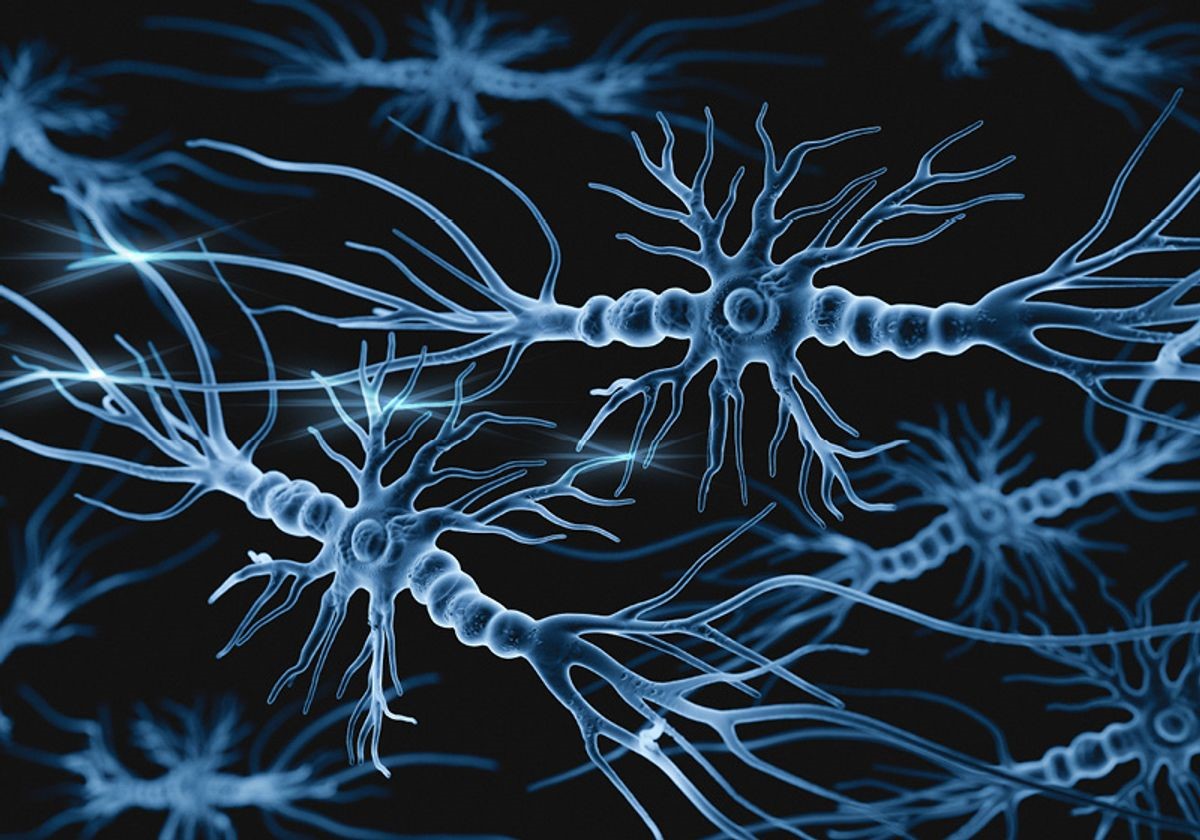Assembloids Unlock the Roles of Key Neurodevelopment Disease Genes
Brain development is a highly orchestrated process where neurons acquire specific functions and navigate through the brain to assume their proper positions. This intricate choreography relies on chemical signals, ultimately enabling animals to think, feel, and function.

Neurodevelopment Disease Genes
Figure 1 shows In the case of neurodevelopmental disorders (NDD), hundreds of DNA mutations can disrupt this delicate process. However, understanding how each of these mutations affects the precise differentiation and migration of neurons remains a challenge. Studying these defects directly in embryos or newborns is risky, and animal models may not accurately mirror human development.
In a recent study published in Nature, Sergiu Pașca, a neuroscientist at Stanford University, and his team employed a combination of assembloid technology and CRISPR gene editing to investigate the role of neurodevelopmental disease genes in typical brain development and the disruptions that occur when these genes are absent. The study aimed to understand how these genes function, especially within the intricate context of human brain development.
Rather than looking inside the human skull, the key to unraveling this mystery might lie in a laboratory dish. Over the past decade, scientists have been able to transform stem cells into brain organoids, which are three-dimensional clusters of cells that mimic the types and structures found in a human brain. Six years ago, Pașca's team took this technology a step further by merging two organoids, each representing a different brain region, creating a new model known as an assembloid. This innovative approach allowed scientists to artificially simulate interactions that naturally occur within the brain.
In a recent study, researchers focused on interneurons, which play a crucial role in carrying sensory and motor signals in the brain. During brain development, these neurons migrate from one part of the forebrain to another, where they help regulate neuronal firing—a process believed to be disrupted in neurodevelopmental disorders.
The team created over 1,000 brain organoids mimicking the regions where interneurons originate and end their journey. They used CRISPR gene editing to delete one of 425 neurodevelopmental disorder genes. By merging these gene-edited organoids, they created assembloids. By tracking interneurons marked with a green-emitting molecule, they observed that 11 percent of the neurodevelopmental disorder genes were vital for interneuron function. Some genes were essential for interneuron formation, while others were necessary for their migration between the organoids. Further investigation into the LNPK gene revealed its role in disrupting the movement of subcellular structures in interneurons, hindering their ability to travel through the brain.
This research approach has the potential to identify new disease-causing genes, including those associated with rare conditions. According to Sergiu Pașca, this method allows scientists to map the roles of hundreds of genes in human brain development stages that were previously inaccessible. Kristen Brennand, a geneticist from Yale University who was not part of the study, acknowledged the significance of this research in providing a more physiologically relevant context for the human brain compared to previous studies that used neural progenitor cells. However, she stressed the importance of replicating the study with a larger sample size, pointing out that rare neurodevelopmental disorder (NDD) genes often don't act in isolation and can lead to different outcomes in different individuals.
Sergiu Pașca acknowledges that interneuron migration may only be a factor in a subset of neurodevelopmental disorders. Nevertheless, he believes that identifying these critical disease processes can inspire the development of new drugs to treat or correct these defects. His team is now delving into how these genes might impact interneuron function, with the ultimate goal of gaining a deeper understanding of the biology behind severe psychiatric disorders.
Source:TheScientist
Cite this article:
Janani R (2023),Assembloids Unlock the Roles of Key Neurodevelopment Disease Genes,Anatechmaz,pp.765

